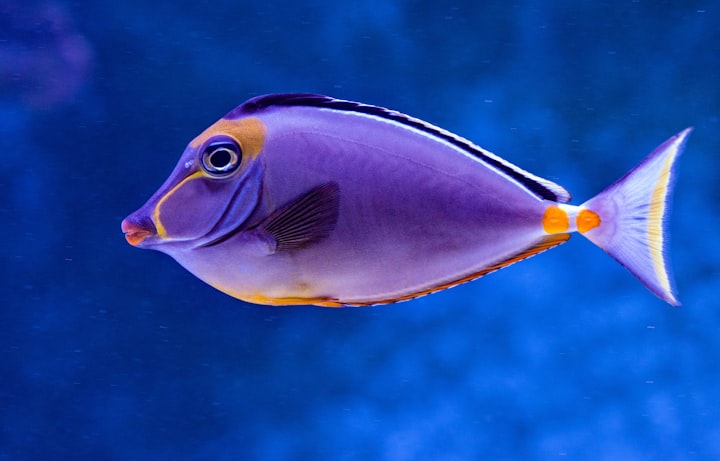
Dolphins, known for their intelligence, social complexity, and communication skills, offer a fascinating parallel to human societies. These marine mammals exhibit behaviors and traits that often mirror human interactions, shedding light on our own social dynamics. From intricate communication systems to complex social structures, exploring the world of dolphins can provide valuable insights into human behavior.
One of the most striking similarities between dolphins and humans is their sophisticated communication systems. Dolphins use a variety of vocalizations, body language, and even signature whistles to convey messages and maintain social bonds. Similarly, humans rely on language, gestures, and facial expressions to communicate and navigate their social environments. Studying dolphin communication can offer insights into the evolution of language and social interaction in humans.
Dolphins live in dynamic social groups called pods, which often consist of several individuals with complex relationships. Within these pods, dolphins form alliances, cooperate in hunting, and exhibit altruistic behaviors towards one another. This parallels human societies, where individuals form networks, alliances, and social hierarchies to navigate their environments and achieve common goals. Understanding dolphin social structures can provide valuable insights into the dynamics of human societies, including cooperation, competition, and social cohesion
.
Dolphins are known for their capacity for empathy and cooperation. They have been observed helping injured or distressed individuals, forming protective circles around vulnerable members of their pod, and even cooperating with other species, such as humans, in fishing activities. These behaviors highlight the importance of empathy and cooperation in maintaining social bonds and ensuring the survival of the group. In human societies, similar acts of kindness and cooperation play essential roles in fostering community spirit and collective well-being.
Recent research suggests that dolphins exhibit cultural behaviors that are passed down through generations within specific groups or populations. These cultural traditions include unique hunting techniques, vocal dialects, and even playful behaviors. This ability to transmit knowledge and behaviors across generations parallels human cultural evolution, where traditions, customs, and knowledge are passed down through oral traditions, rituals, and social learning. Studying dolphin culture can provide insights into the mechanisms of cultural transmission and evolution in humans.
Dolphins are highly attuned to their environment and play a vital role in marine ecosystems. Their behaviors, such as foraging techniques and migration patterns, are often influenced by environmental factors such as climate change, pollution, and habitat degradation. Similarly, humans are increasingly recognizing the importance of environmental awareness and conservation efforts to preserve ecosystems and biodiversity. Studying dolphin behavior can inspire greater efforts to protect marine environments and promote sustainable practices among humans.
Dolphins are known for their acrobatic skills, often seen jumping and spinning out of the water. They have a unique ability called echolocation, which allows them to navigate and locate objects underwater by emitting high-frequency sound waves and interpreting the echoes.
Dolphins are very social animals and often live in groups called pods, which can consist of dozens or even hundreds of individuals.
Some dolphin species exhibit cooperative hunting behaviors, where they work together to catch fish or other prey. They are found in oceans all around the world, from the Arctic to the Antarctic, and are adapted to various environments, including coastal waters, open seas, and rivers.
The killer whale, or orca, is the largest species of dolphin, belonging to the Delphinidae family. Dolphins have been featured in mythology and folklore throughout history, often symbolizing intelligence, grace, and friendship.
In Conclusion, Dolphins offer a captivating glimpse into the parallels between their social behaviors and those of humans. From complex communication systems to intricate social structures, dolphins exhibit traits that resonate with our own experiences and interactions. By studying dolphins, researchers can gain valuable insights into human behavior, social dynamics, and cultural evolution. Moreover, understanding the importance of empathy, cooperation, and environmental awareness in dolphin societies can inspire greater efforts to foster these qualities within human communities, ultimately promoting harmony and sustainability on our planet
About the Creator
Pat paf
inspirational and educative writer
Enjoyed the story? Support the Creator.
Subscribe for free to receive all their stories in your feed. You could also pledge your support or give them a one-off tip, letting them know you appreciate their work.





Comments (1)
Oh! A deeper insight about dolphins.